 When photographers take images to sell commercially, like every other business, they want to maximize their returns, so they adapt their ideas to meet commercial trends. As a result, stock always looks like stock, and that minor deception introduces a small amount of doubt in users.
When photographers take images to sell commercially, like every other business, they want to maximize their returns, so they adapt their ideas to meet commercial trends. As a result, stock always looks like stock, and that minor deception introduces a small amount of doubt in users.
But the rise of camera phones, and the increasing affordability of DSLRs, has led to a growth in people who aren’t monetizing every shot. What that means is if you know where to look, you can find images that are less posed, more natural, less clichéd, and far more diverse.
Here are ten places to look for engaging, and trust-building stock images, all free to use…
1. Pexels
Pexels has a huge collection of high-quality images that would not feel out of place on a ‘premium’ site. You’ll also find a ton of free videos. Pexels’ search feature is particularly well-tuned. Pexels also runs regular challenges, with cash prizes for photographers; reviewing the past competitions is a great shortcut to finding original images.
2. Reshot
Reshot is one of the better stock sites on the web, with a wide selection of curated images. There’s a distinctly Instagram feel to the images on Reshot; they don’t feel staged, in many cases, they don’t look like stock at all. That gives them an authentic feel that many ‘premium’ stock sites fail to deliver.
3. Unsplash
Unsplash is one of the largest collections of free images on the web. It has a good collection of standard stock and a growing collection of more creative, experimental images. Its free-forever approach is backed by product placement instead of adverts or premium sections, which means you may find the more marketable images include easily identifiable brands.
4. Life of Pix
Life of Pix highlights one photographer per week to feature ten images; that adds a competitive angle to the site as photographers submit premium shots to get noticed. Unless you’re very fortunate, the ideal shot for you isn’t going to be found in the current set, but click the ‘Gallery’ link, and you’ll have access to all the shots that have previously been uploaded.
5. Nappy
Unlike ‘premium’ sites that are set up to turn a profit, free stock sites often set out to address a hole in the market. Nappy was set up to redress the underrepresentation of black and brown people on many stock sites. At least some of your users fall into this demographic, and it’s a great idea to show them they’re valued by using images like these.
6. Burst
Burst is a stock site provided by Shopify to help new entrepreneurs find stock to help them sell products. Anyone can use the shots, but there is a natural inclination towards commercial rather than editorial images. There’s a good mix that rivals many paid sites and some less obvious shots.
7. Picography
If quirky and offbeat isn’t right for your project — and it may very well not be — then check out Picography for a more middle-of-the-road collection of free stock images. There’s a wide selection, but they do tend to feel more stock-like than many other collections.
8. ISO Republic
ISO Republic has a broad range of images and videos to choose from. Again, the images tend to be more stock-like than some other options, and you do have to dig around to find the best. ISO Republic is a good place to search when you want to swap like-for-like with a ‘premium’ stock source.
9. Kaboompics
Kaboompics specializes in lifestyle images. If you’re hoping for a woman sipping a frappuccino while making commanding business decisions, you’re in the right place. Kaboompics is a one-woman show, so the perspective is a little narrower than the ideal, but the free images are consistently high-quality.
10. StockSnap
StockSnap has a good balance of images. Many professional photographers use sites like StockSnap to upload the images they choose not post to ‘premium’ sites for one reason or another, so you’ll often find premium-quality shots for absolutely nothing.
The post 10 Best Free Stock Image Sites For 2021 first appeared on Webdesigner Depot.


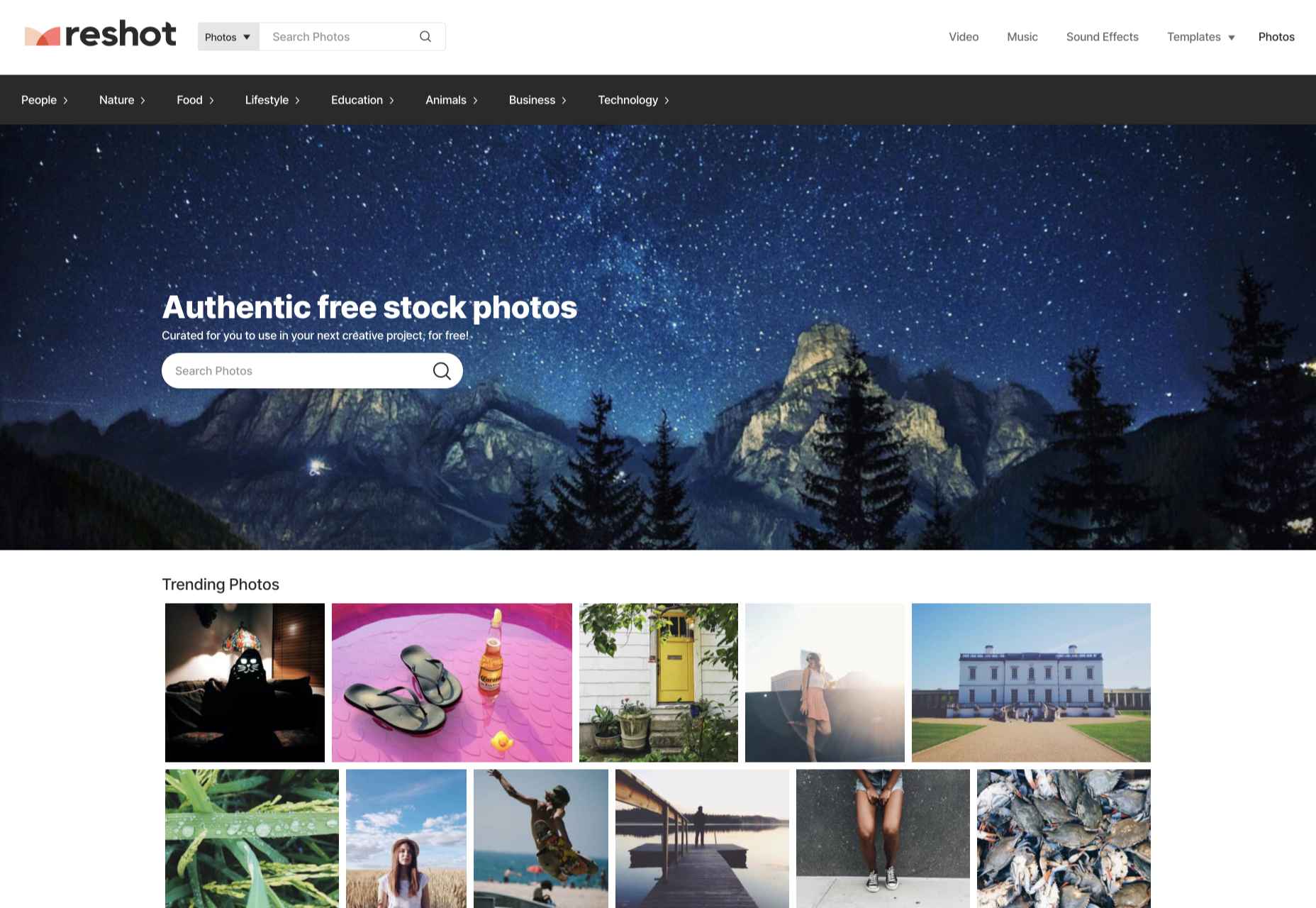
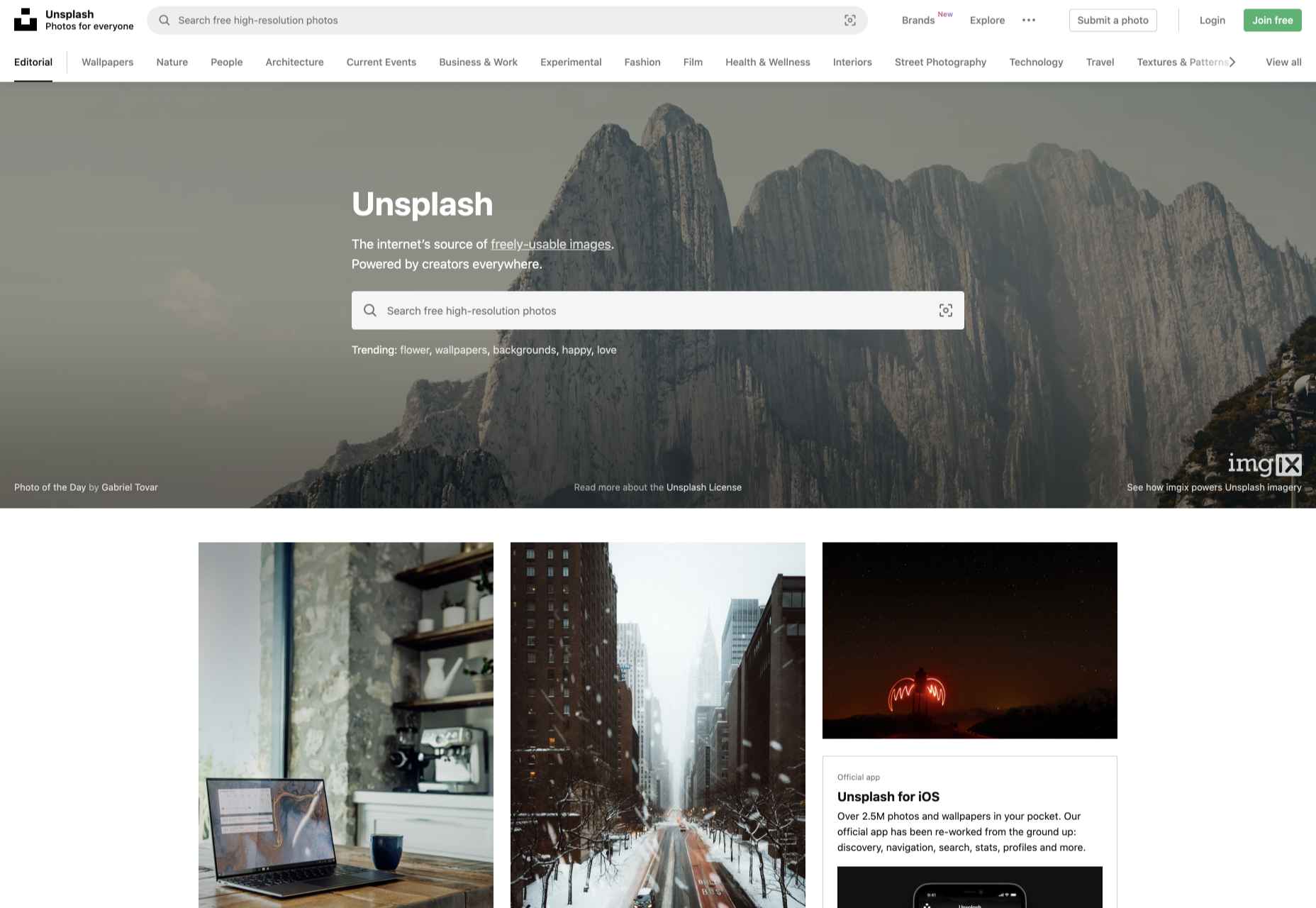
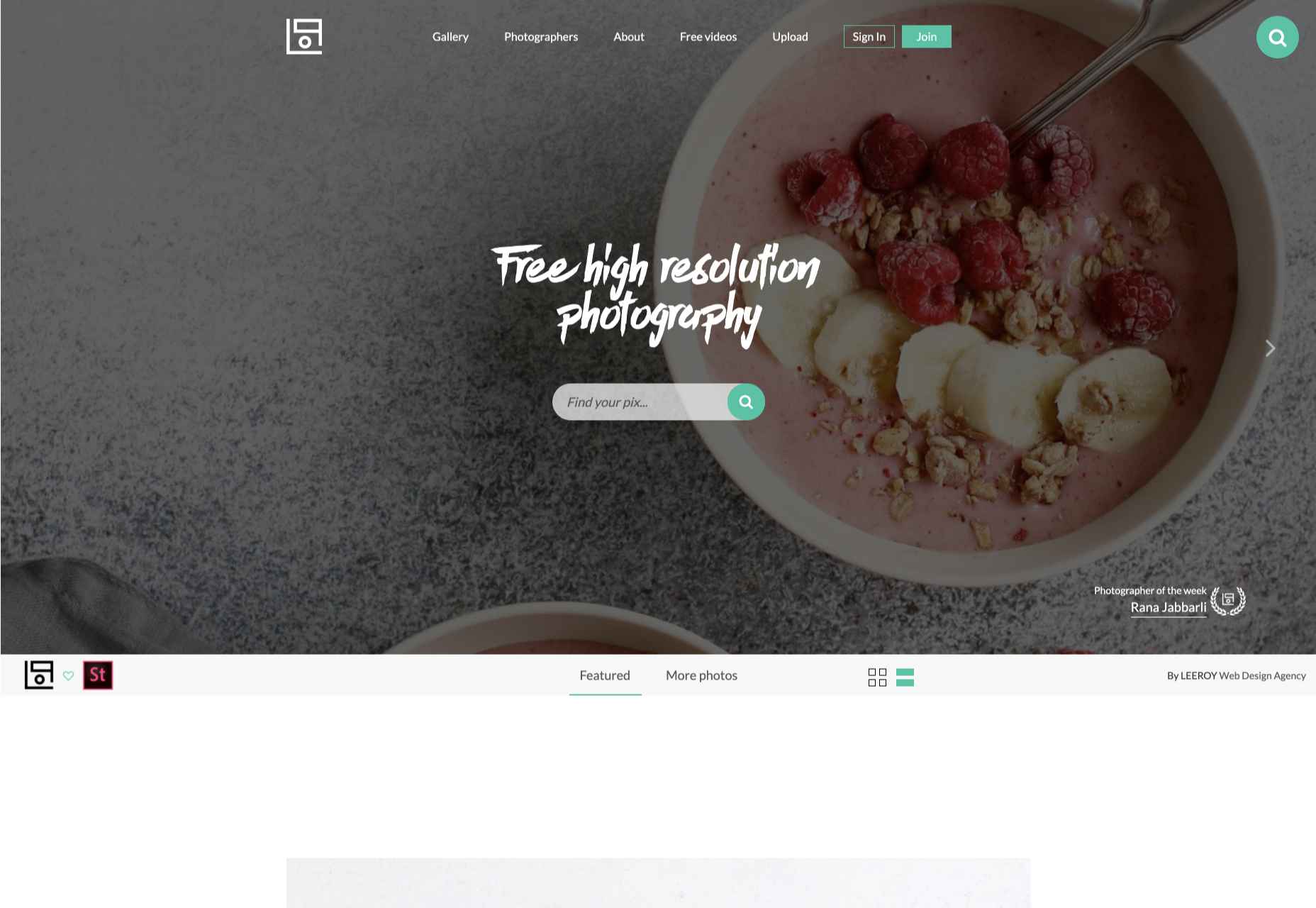
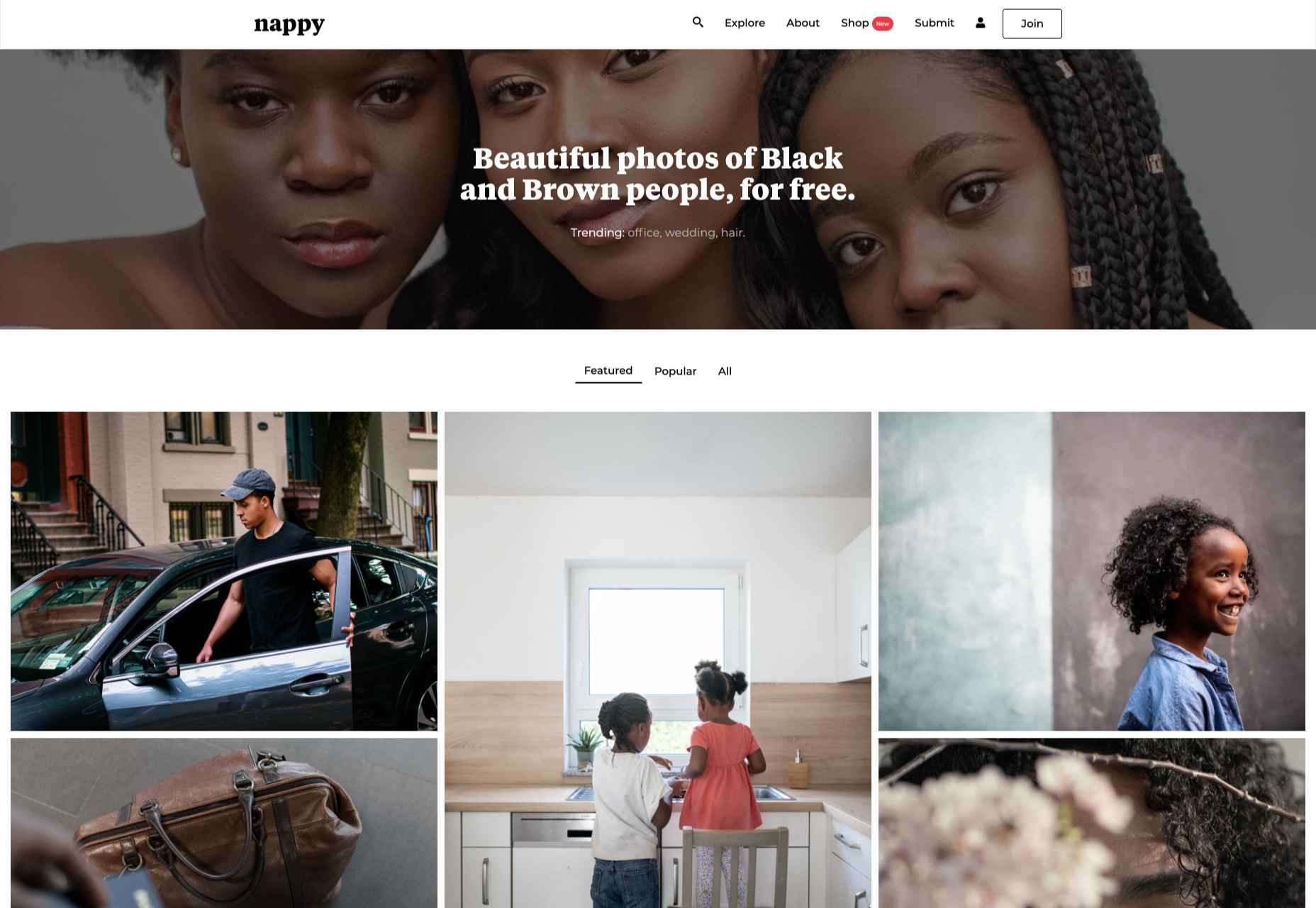
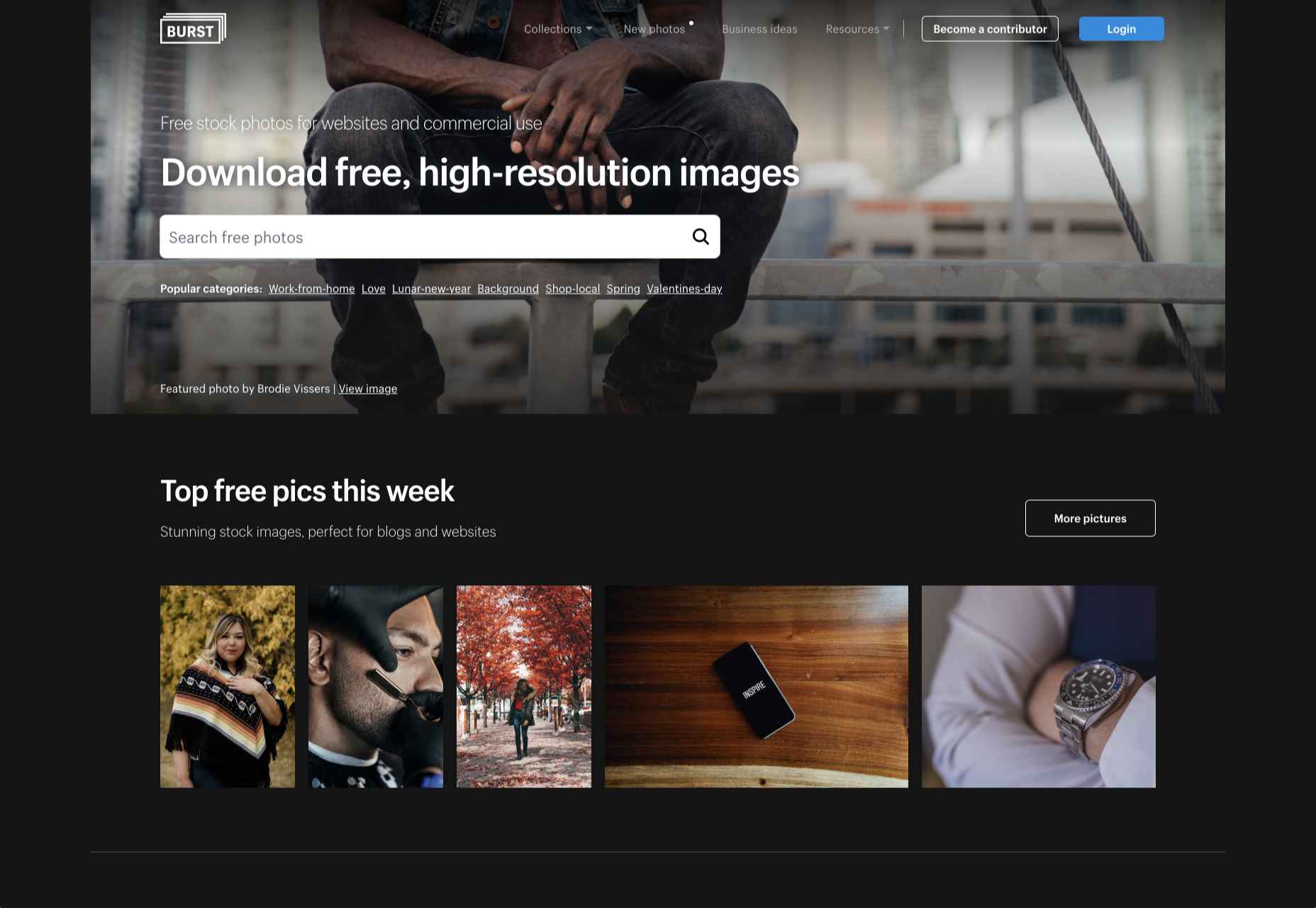
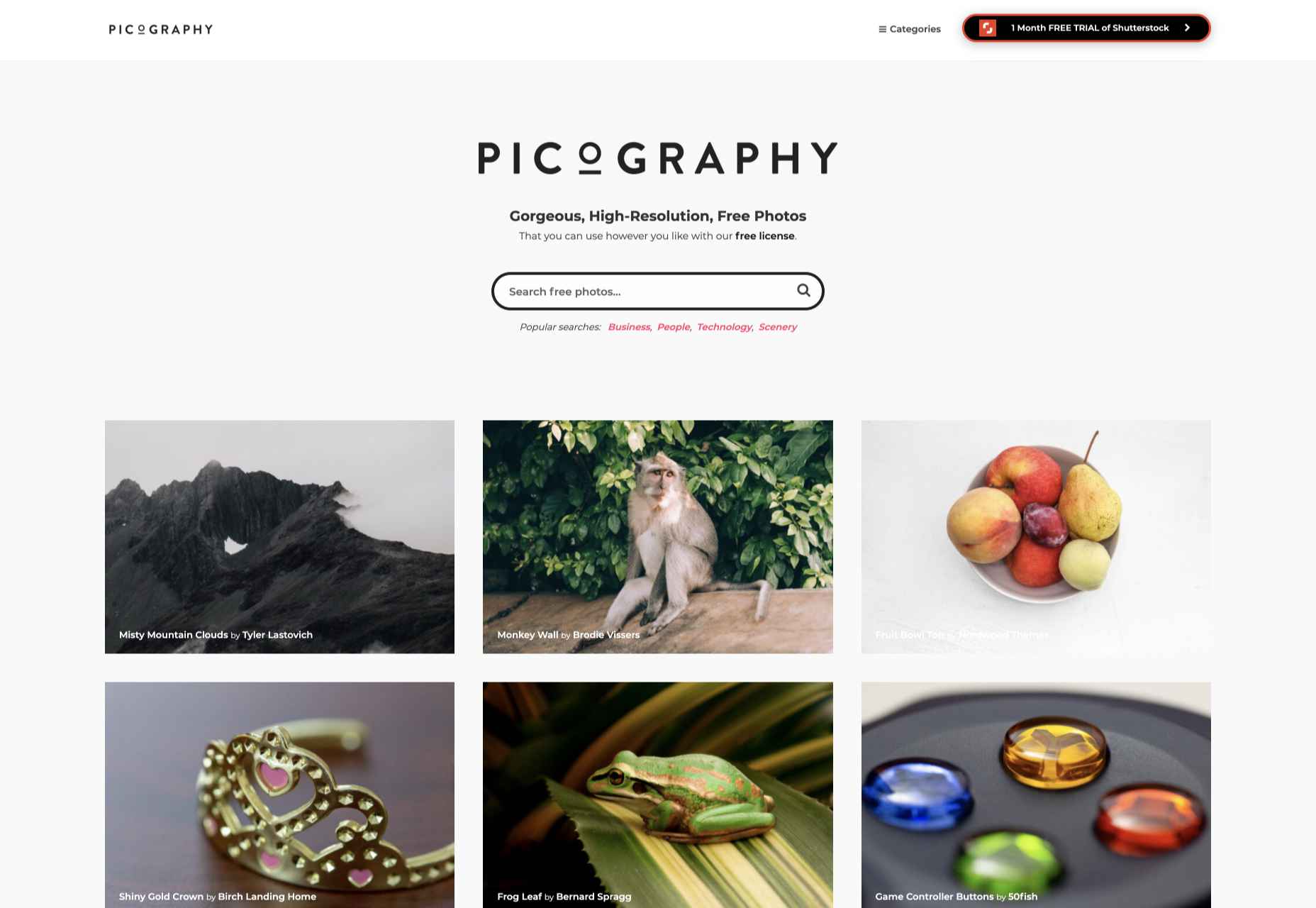
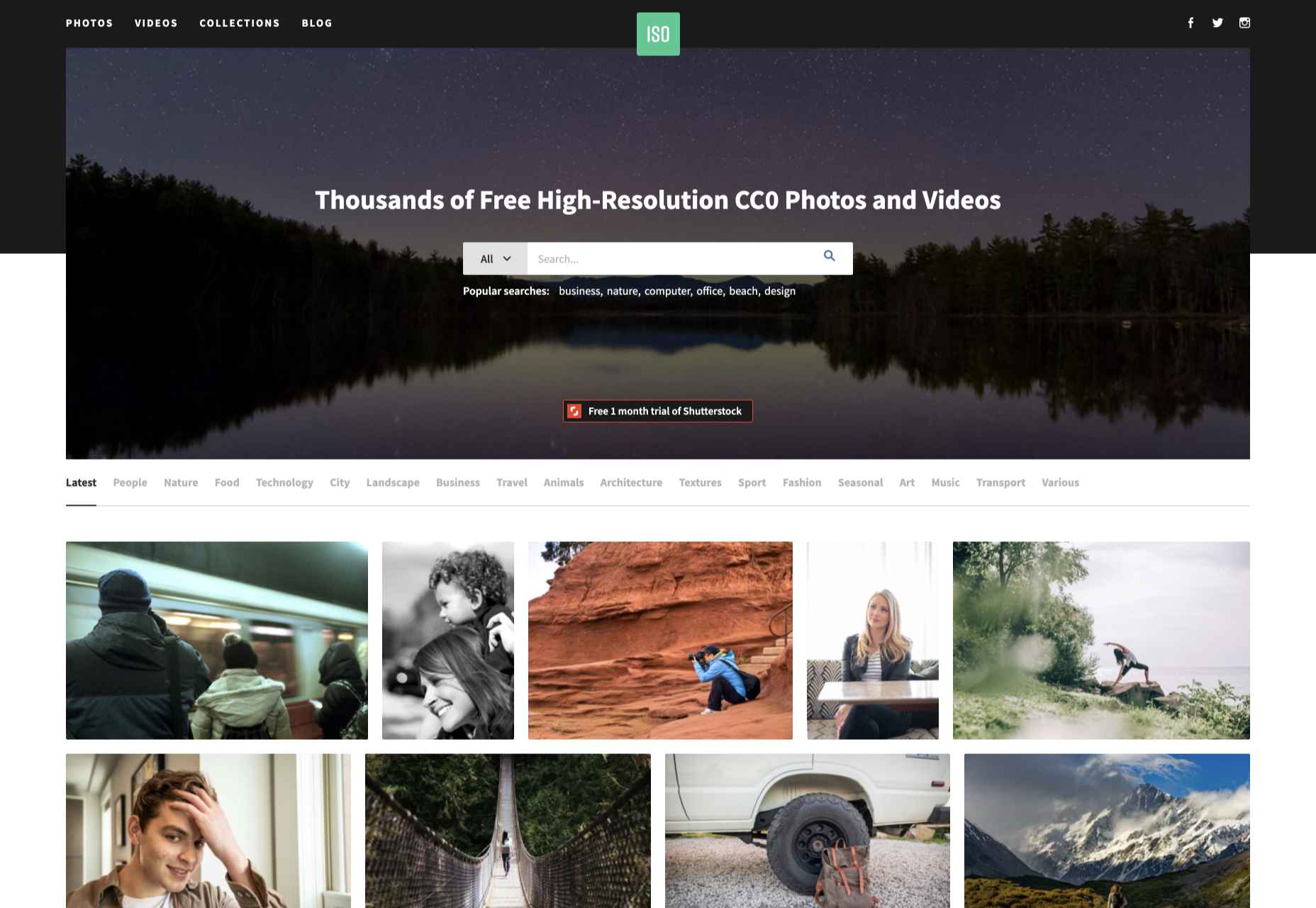
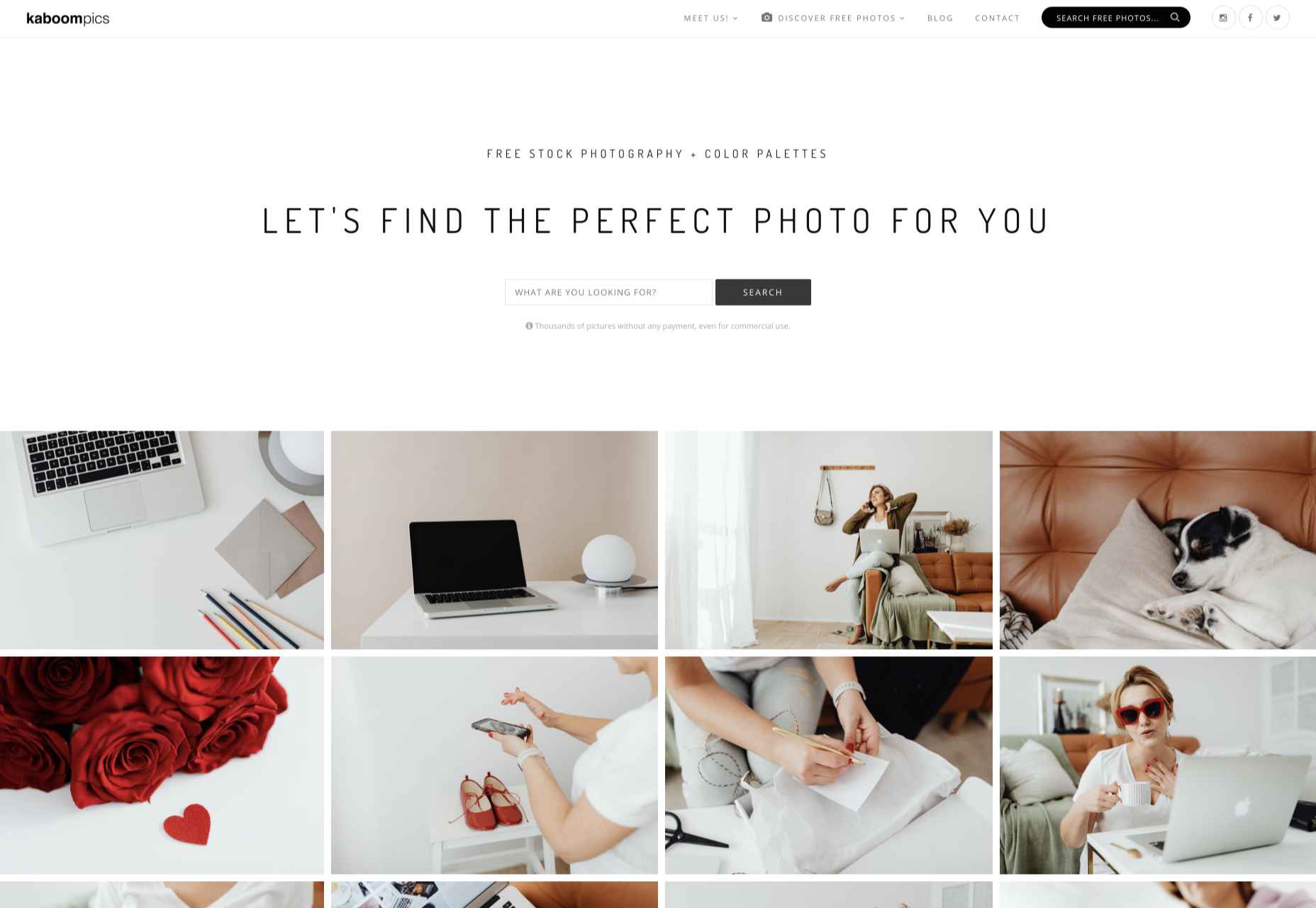
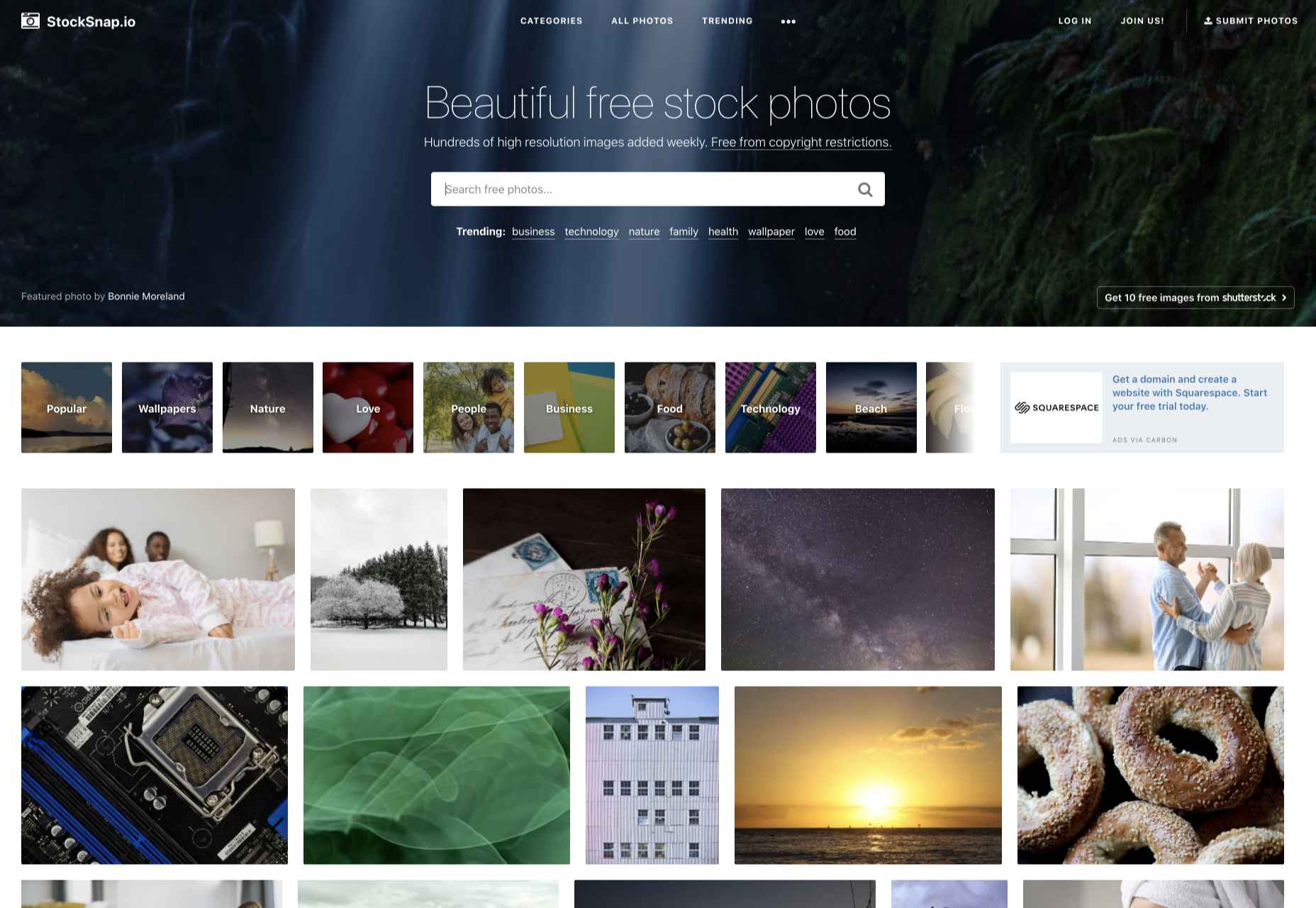

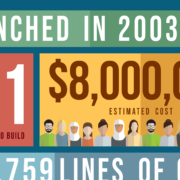
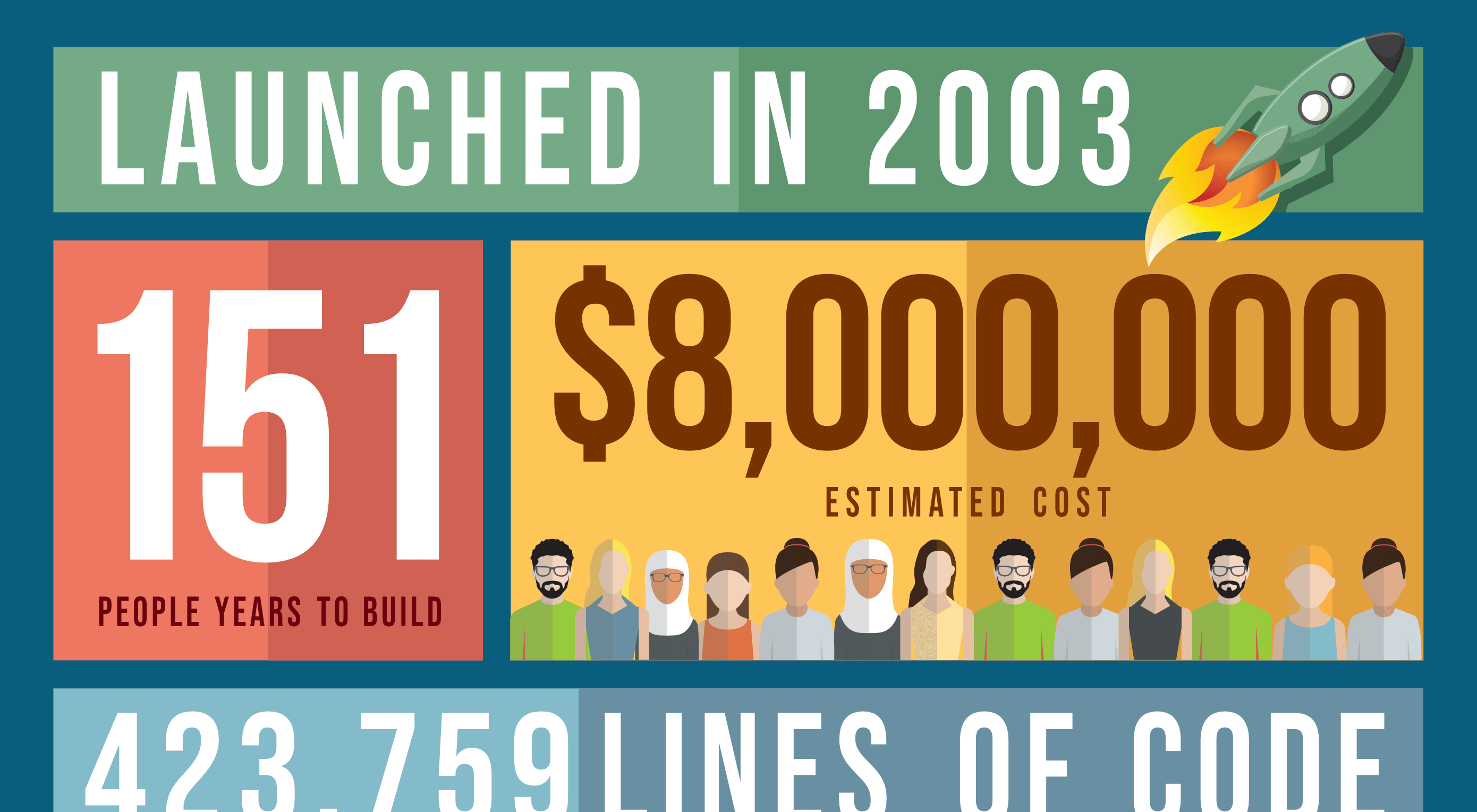 What is WordPress? It began as a simple CMS for building a blog, and it has evolved over the years into a complex ecosystem of tools and resources.
What is WordPress? It began as a simple CMS for building a blog, and it has evolved over the years into a complex ecosystem of tools and resources.

 This article is brought to you by
This article is brought to you by 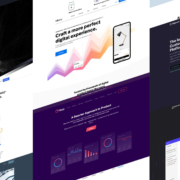
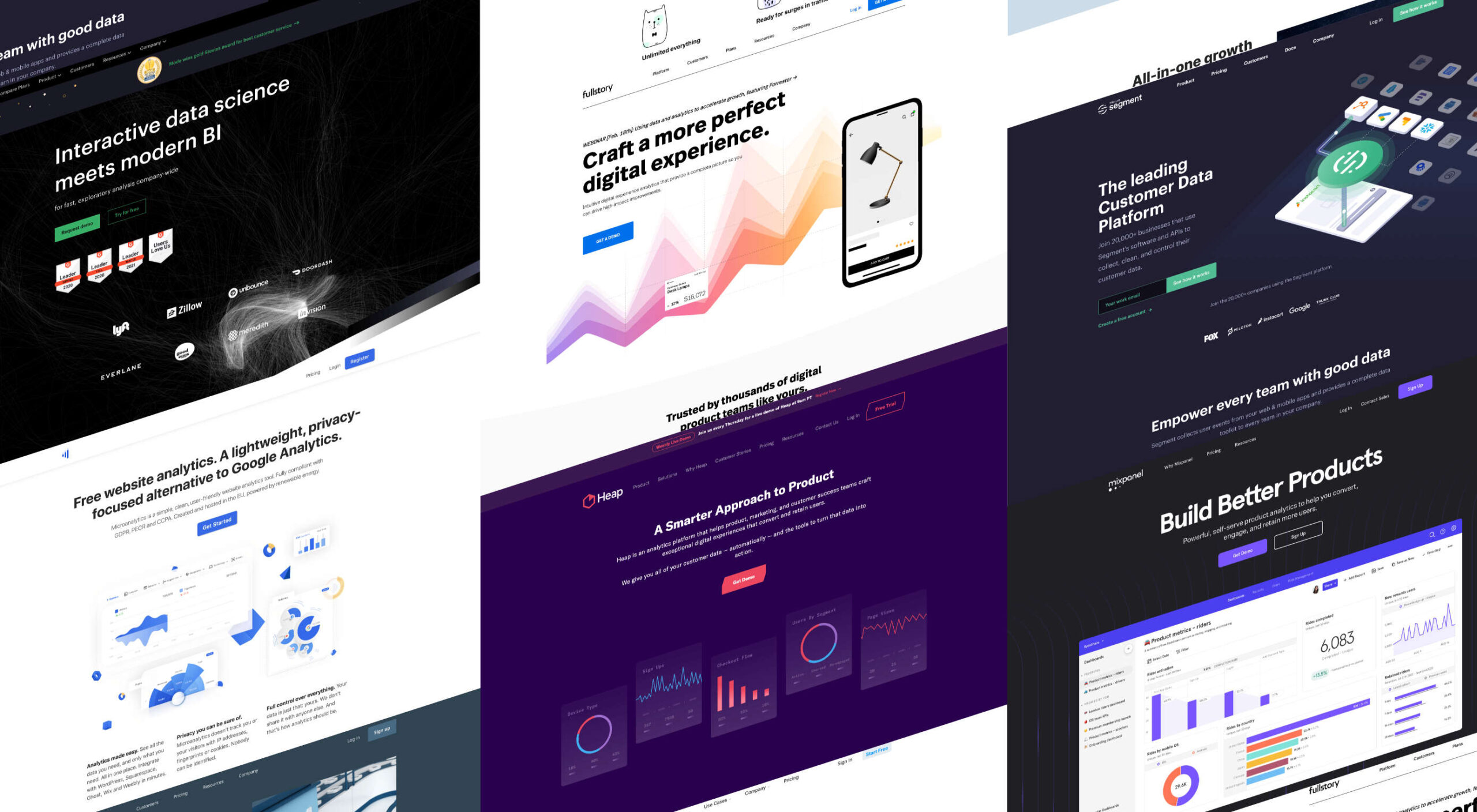 When you think of installing analytics, you probably reach for Google Analytics. And you wouldn’t be alone. The platform’s tight integration with SEO and the implication that using Google products is beneficial to ranking means that Google Analytics is the most commonly installed analytics solution globally.
When you think of installing analytics, you probably reach for Google Analytics. And you wouldn’t be alone. The platform’s tight integration with SEO and the implication that using Google products is beneficial to ranking means that Google Analytics is the most commonly installed analytics solution globally.
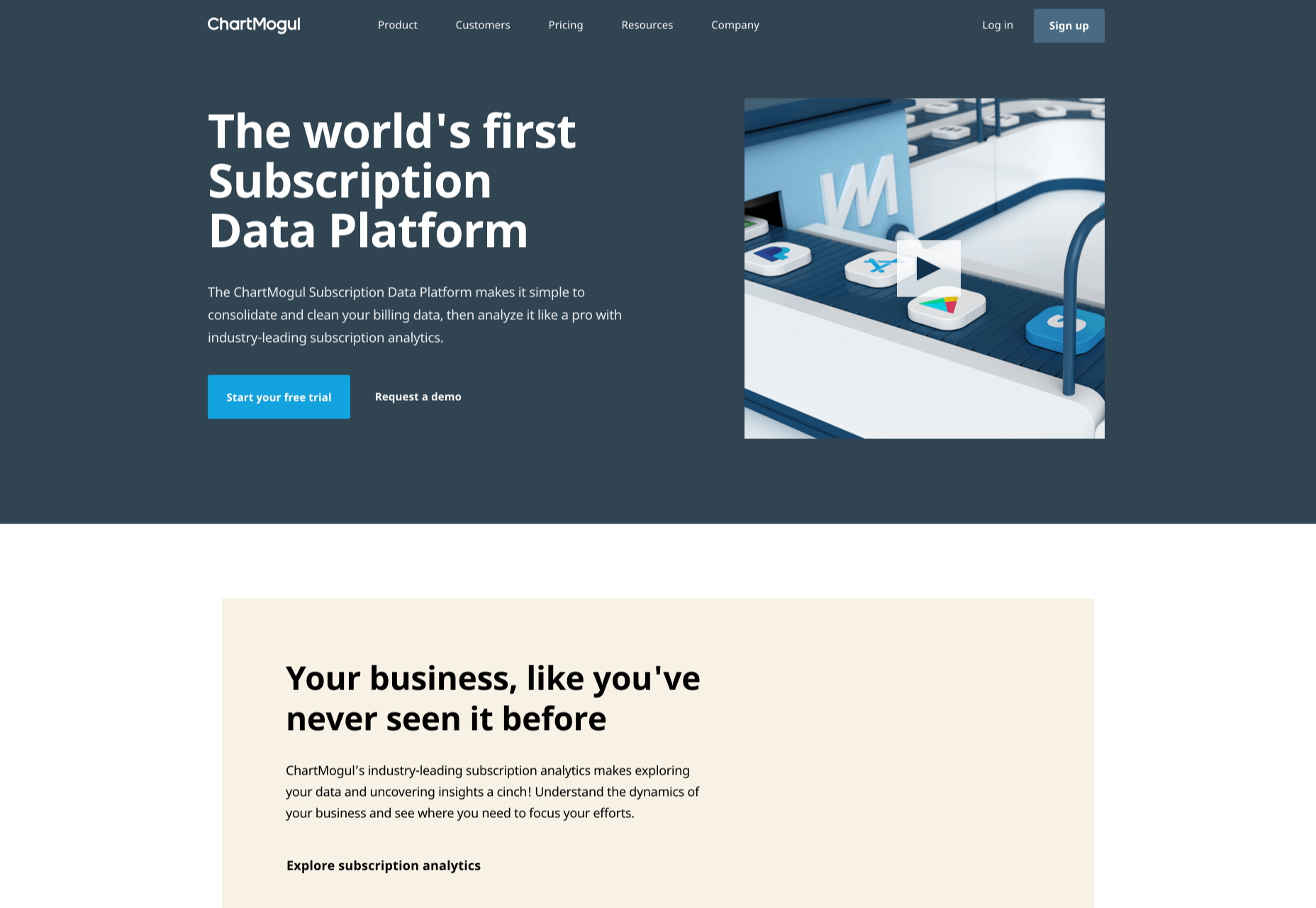





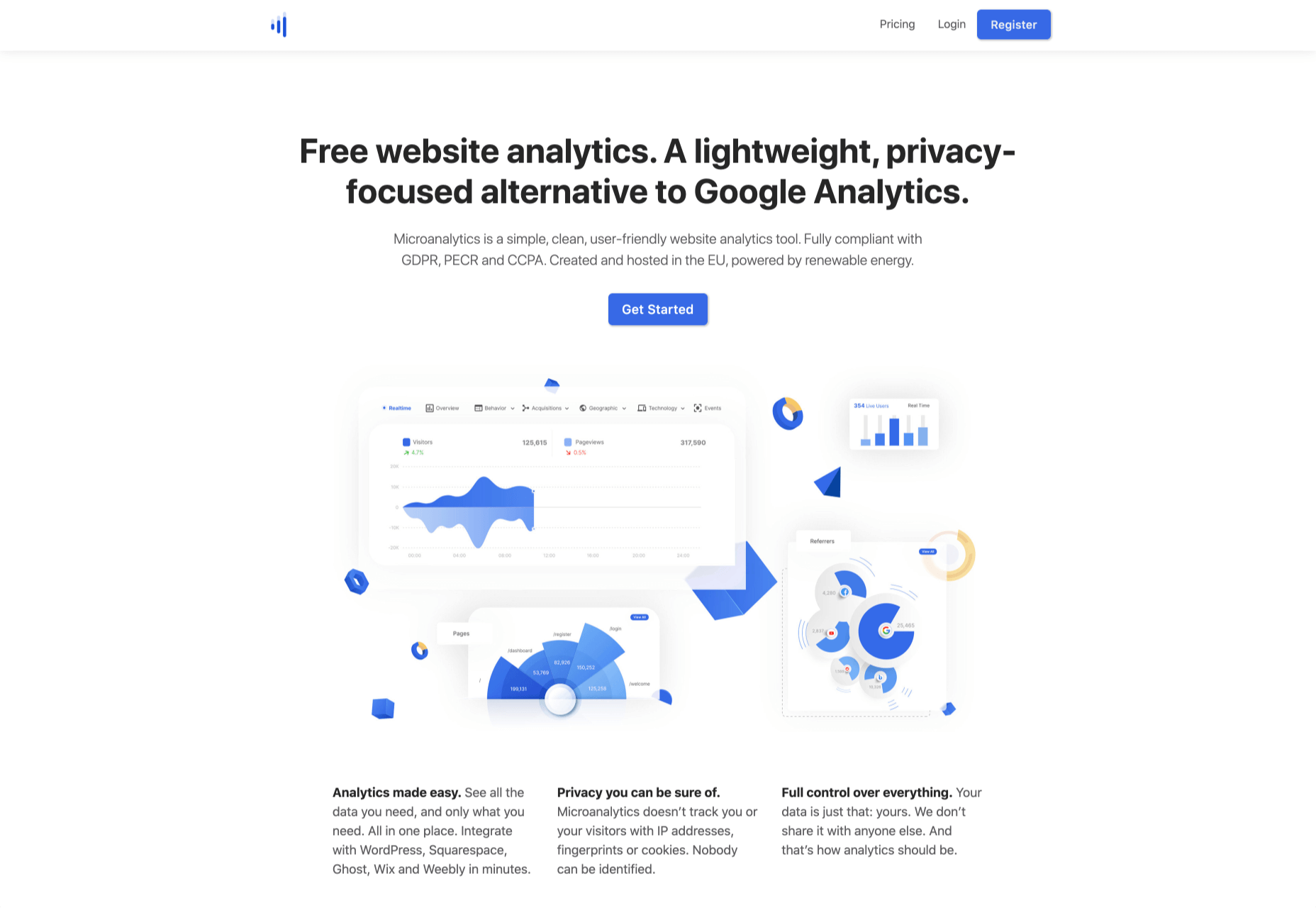
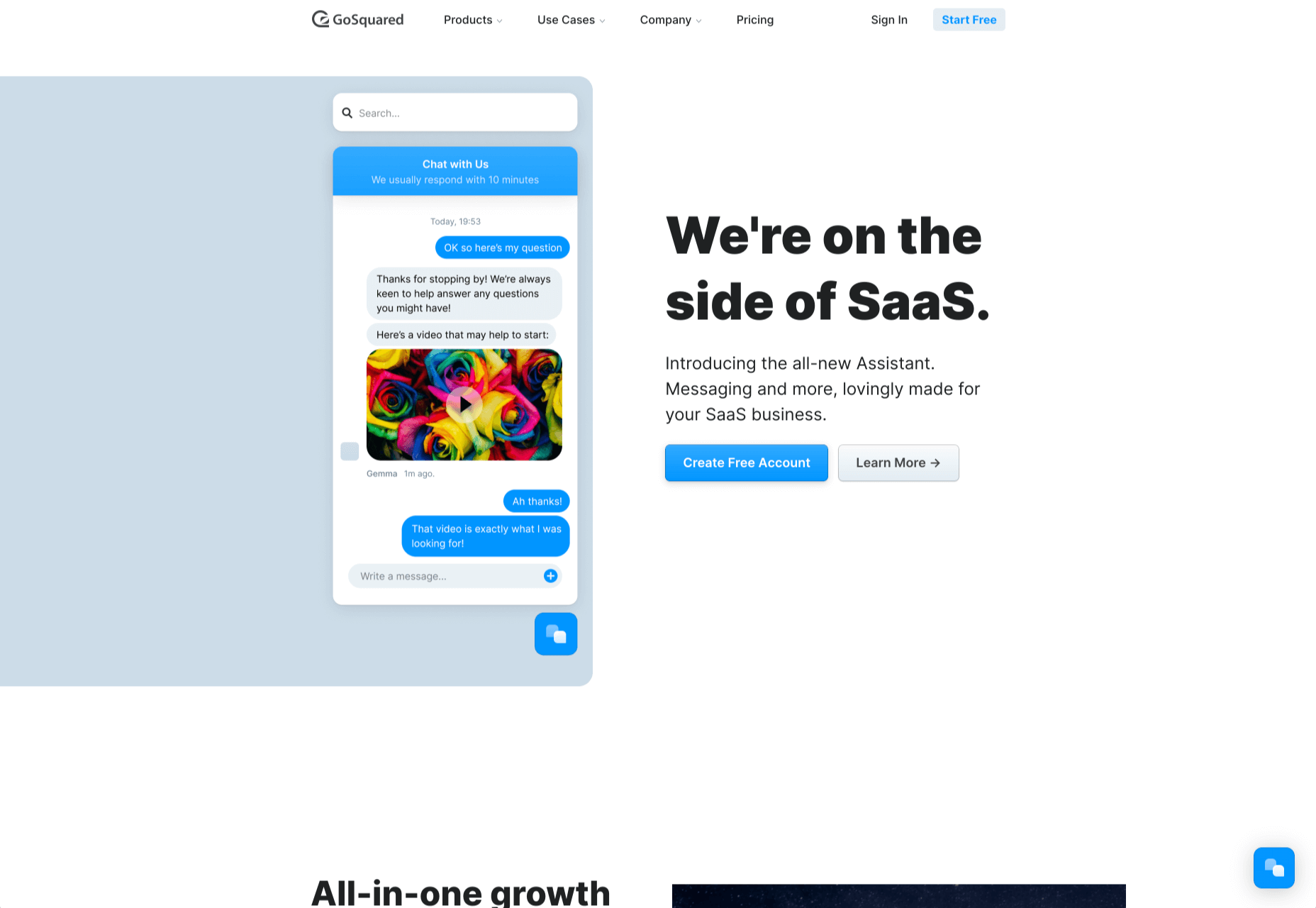

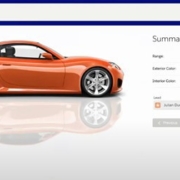

 If you’re here, then you’re thinking about becoming a web designer and wondering if it’s a smart move.
If you’re here, then you’re thinking about becoming a web designer and wondering if it’s a smart move.
 20 years ago, Wikipedia was started with the ambitious aim of creating a free encyclopedia for the whole world.
20 years ago, Wikipedia was started with the ambitious aim of creating a free encyclopedia for the whole world.

 If you already have a good idea of what you want a new website to look like, the next step would be to decide on the tools you’ll need to put into play to turn that vision into a reality.
If you already have a good idea of what you want a new website to look like, the next step would be to decide on the tools you’ll need to put into play to turn that vision into a reality.











